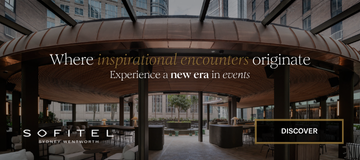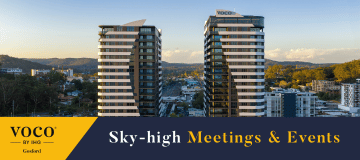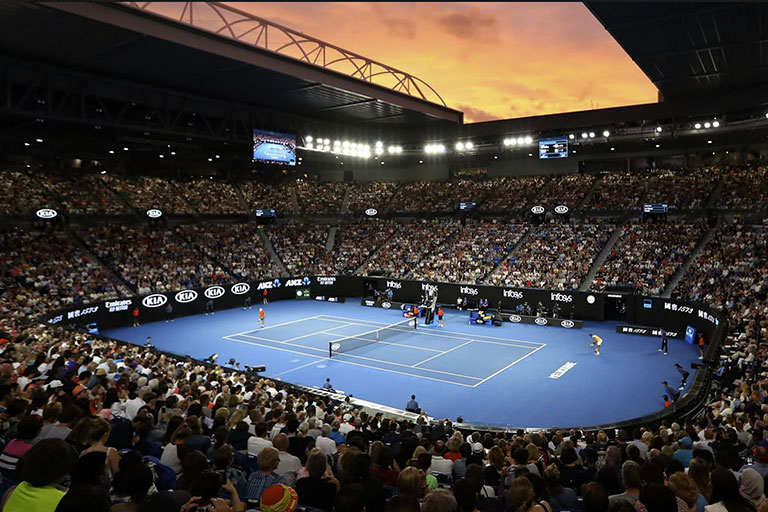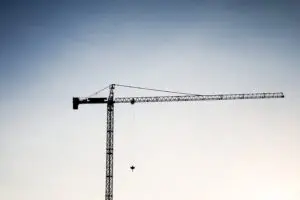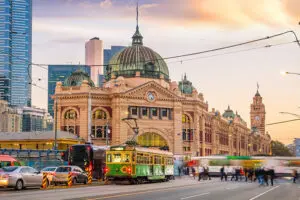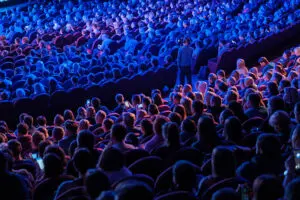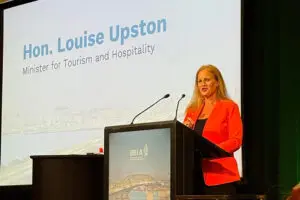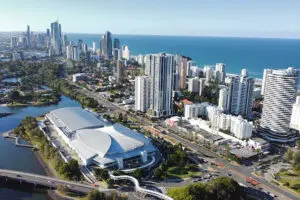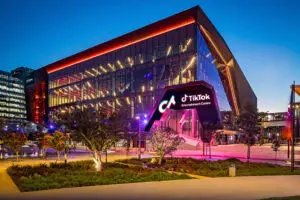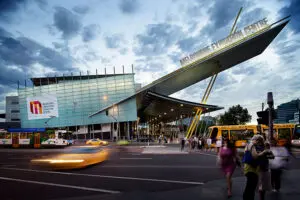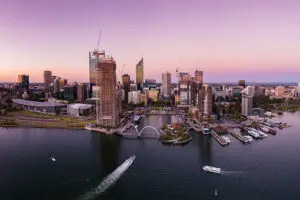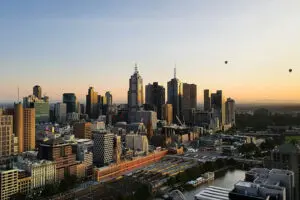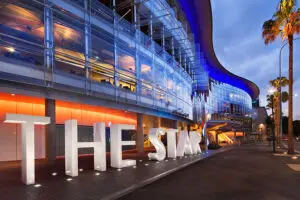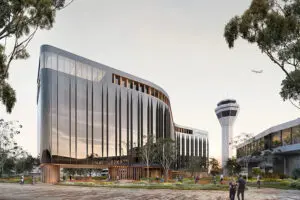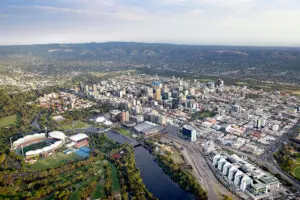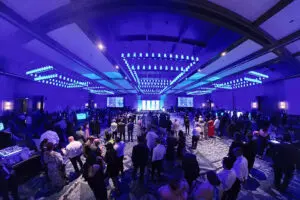Since 2020 Melbourne has added more than 80 new hotels totalling 5,000 rooms with another 2,000 rooms due to open this year.
Demand has not yet caught up, with the city’s 2024 monthly occupancy figures averaging around the low 70 per cent mark.
However Accommodation Australia has forecast Melbourne’s major city hotels could soar into the high 80s for occupancy as a result of national and international visitors to the tennis.
Anecdotally, most luxury hotels are busy this week and their yields are up as larger suites were among the first rooms to sell out.
The 15-day event at Melbourne Park – the world’s best attended tennis Grand Slam – set new records from day one this year and has since trumped some other previous daily attendance highs.
At the two-thirds mark, on day 10, Tennis Australia recorded about 840,000 through the turnstiles and typically it achieves another 180,000 attendees for day and night sessions through the final days. On that basis, it seems likely to improve on last year’s record of just over 1.02 million visitors.
Alongside hotels, the city’s renowned restaurant sector is likely to benefit from the high profile sports event, which is also a popular draw for incentive programs among major corporates.
One metric reported by Tennis Australia based on transactions processed by NAB merchant terminals during the Australian Open last year revealed an economic benefit to Victoria of about $482 million, injected into Melbourne’s accommodation, hospitality and tourism sectors.
Tennis Australia also reported consumer spending across the city rose 16 per cent year-on-year during the 2024 tournament with more than $333 million spent at a variety of Melbourne’s hotels, hospitality venues and food and beverage outlets.
The data revealed Melbourne’s bars, restaurants and fast-food outlets were the biggest winners comprising nearly 70 per cent of the retail spend.
The next issue for Melbourne is how to bridge the gap between the tennis and its next major event, the Australian F1 Grand Prix, which arrives in March and, like the tennis, is popular as part of corporate incentive events.
F1 research published by the Australian Grand Prix Corporation suggests attendees spend an average of $1,232 on activities outside the Grand Prix with visitors staying an average of 4.5 hotel nights. Last year’s event attracted 452,055 attendees over four days.


